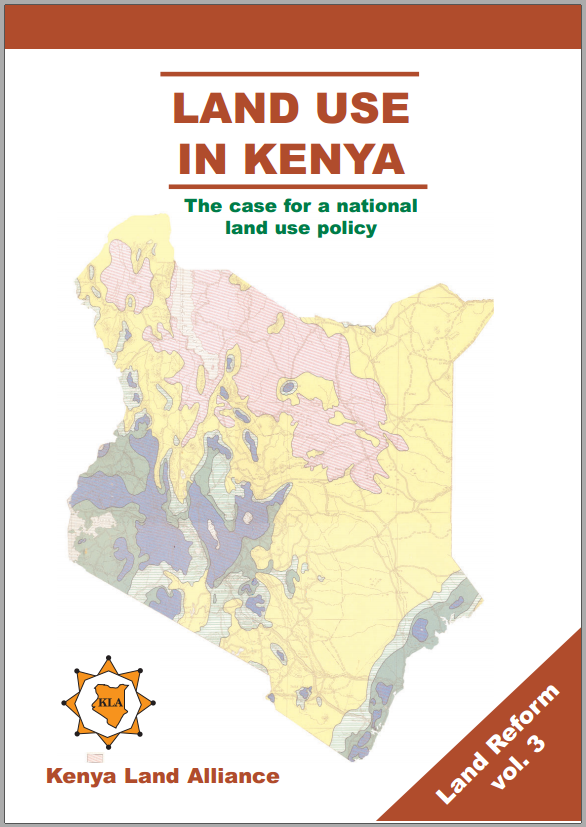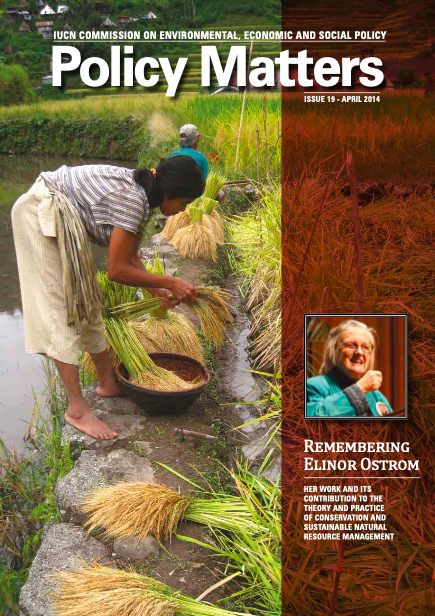Green Bonds and Land Conservation: The Evolution of a New Financing Tool
"Green Bonds" emerged as a new form of environmental financing in 2007. While most investors still view them as a niche product in the overall fixed income market, green bonds have grown rapidly to nearly $37 billion in issuance in 2014, with issuers from the World Bank to the State of Massachusetts. This paper examines the current and potential future use of green bonds for financing sustainable land use and conservation projects around the world.




